Why React Developers Are Switching to Headless CMS for Content Management

Introduction
React has become the go-to framework for developers building dynamic, high-performance web applications. However, when it comes to managing content, many React developers still struggle with traditional CMS platforms like WordPress and Drupal. These platforms were built for monolithic architectures, making them inefficient and restrictive for modern, API-driven applications.
The problem? Traditional CMS solutions weren’t designed for the way React applications work today. They impose limitations on front-end flexibility, create performance bottlenecks, and don’t scale well for omnichannel content delivery. As a result, more React developers are ditching traditional CMS platforms in favor of headless CMS solutions that offer API-driven content management, full front-end control, and a seamless developer experience.
In this blog, we’ll break down the key challenges of traditional CMS platforms, explain why headless CMS is a game-changer for React developers, and show how you can make the switch effortlessly.
The Problem: Why Traditional CMS Doesn't Work for React Developers
For years, content management has been dominated by traditional CMS platforms like WordPress, Joomla, and Drupal. While these systems are great for small websites or blogs, they aren’t built for the flexibility and speed that modern React applications require.
Challenges React Developers Face with Traditional CMS:
Tightly Coupled Backend and Frontend
Traditional CMS platforms bundle content management and frontend rendering into a single system. This makes it difficult to integrate React applications, which rely on APIs for dynamic content delivery.
Performance Bottlenecks
Since these platforms weren’t designed for modern web applications, they often require additional plugins and workarounds to fetch content efficiently. This results in slower page load times and SEO issues.
Limited API Support
While some CMS platforms offer REST APIs, they are often slow, restrictive, or difficult to customize. Most lack robust GraphQL support, which is crucial for efficient data fetching in React applications.
Poor Scalability for Omnichannel Content Delivery
React developers need a CMS that can serve content to multiple platforms (web, mobile, IoT). Traditional CMS platforms struggle with this, as they are primarily designed for websites.
With these challenges in mind, it’s clear why React developers are looking for a better way to manage content efficiently.
The Solution: How Headless CMS Solves These Issues
A headless CMS completely separates the frontend from the backend, providing content as data via APIs. This approach removes the limitations of traditional CMS and offers a developer-first experience, allowing React developers to build fast, flexible, and scalable applications.
Why React Developers Prefer Headless CMS
API-First Content Delivery
A headless CMS delivers content via REST or GraphQL APIs, making it seamlessly compatible with React applications. Developers can fetch exactly the data they need without unnecessary overhead.
Not sure which headless CMS best suits your needs? See how Orbitype compares to a major competitor in our post on Comparing Orbitype with Storyblok: Which Headless CMS Fits Your Needs.
Improved Performance and SEO
By decoupling content from the frontend, headless CMS platforms allow React applications to implement Server-Side Rendering (SSR) and Static Site Generation (SSG) using frameworks like Next.js.
This results in faster load times, better SEO, and an improved user experience.
Full Frontend Flexibility
React developers have complete control over how content is displayed. Unlike traditional CMS platforms that force developers into predefined themes and templates, a headless CMS allows for custom UI/UX without limitations.
Better Developer Experience
Headless CMS solutions are built with developers in mind, offering clean API documentation, intuitive content modeling, and built-in support for modern workflows.
Teams can work independently—developers focus on building the frontend, while content editors manage content in a structured backend.
Scalability for Multi-Platform Content
Headless CMS platforms enable content distribution beyond just websites. Businesses can use the same content API to serve content to:
Mobile apps
Web applications
Smart devices (IoT)
Digital billboards
By switching to a headless CMS, React developers can future-proof their applications while improving both performance and development efficiency. And also, before choosing a headless CMS, it's important to understand whether a decoupled CMS might be a better fit for your project. Read our guide on Decoupled vs. Headless CMS: Which One is Right for Your Project? to make an informed decision.
Why React Developers Choose Orbitype as Their Headless CMS
Among the many headless CMS options available, Orbitype stands out as a developer-friendly solution that’s optimized for React applications. Here’s why React developers are making the switch:
1. GraphQL & REST API Support
Orbitype provides powerful GraphQL and RESTful APIs, allowing React developers to fetch only the data they need, reducing unnecessary payloads and improving app performance.
2. Built for Scalability
Whether you're building a small blog or a high-traffic enterprise application, Orbitype’s headless CMS architecture ensures content remains fast and accessible across all platforms.
3. Seamless Integration with React, Next.js, and Other Modern Frameworks
Orbitype is designed to work effortlessly with React, Next.js, Vue, and Nuxt.js, giving developers full flexibility in how they build and deploy applications.
4. Developer-First Experience
Easy-to-use API, clean documentation, and an intuitive UI make Orbitype an excellent choice for teams that want to focus on building, not fixing CMS limitations.
5. Cost-Effective and Scalable Pricing
Unlike some competitors that charge per API request or content piece, Orbitype offers transparent, scalable pricing that grows with your business.
If you’re a React developer looking for a headless CMS that prioritizes performance, flexibility, and ease of use, Orbitype is the ideal choice.
How to Migrate from a Traditional CMS to a Headless CMS
If you’re currently using a traditional CMS like WordPress or Drupal and want to switch to a headless CMS for your React project, follow these steps:
Assess Your Content Needs
Identify what content needs to be migrated and how it should be structured in a headless CMS.
Set Up a Headless CMS (Like Orbitype)
Create content models, define APIs, and ensure a smooth integration with your React application.
Implement API Calls in Your React App
Use GraphQL or REST to fetch content and display it dynamically in your frontend.
Test and Optimize for Performance
Use SSR, SSG, or Client-Side Rendering (CSR) depending on your needs for SEO and load speeds.
Go Live and Scale
Once your new headless CMS is integrated, your application is ready to scale across multiple platforms.
Conclusion
For React developers, the limitations of traditional CMS platforms are no longer acceptable. Headless CMS solutions provide the flexibility, scalability, and performance needed for modern web development. By separating the frontend from content management, React developers gain complete control over their applications, leading to faster load times, better SEO, and improved user experiences.
If you're ready to upgrade your content management experience, Orbitype offers a powerful, scalable, and developer-friendly headless CMS built for React applications.
Read more
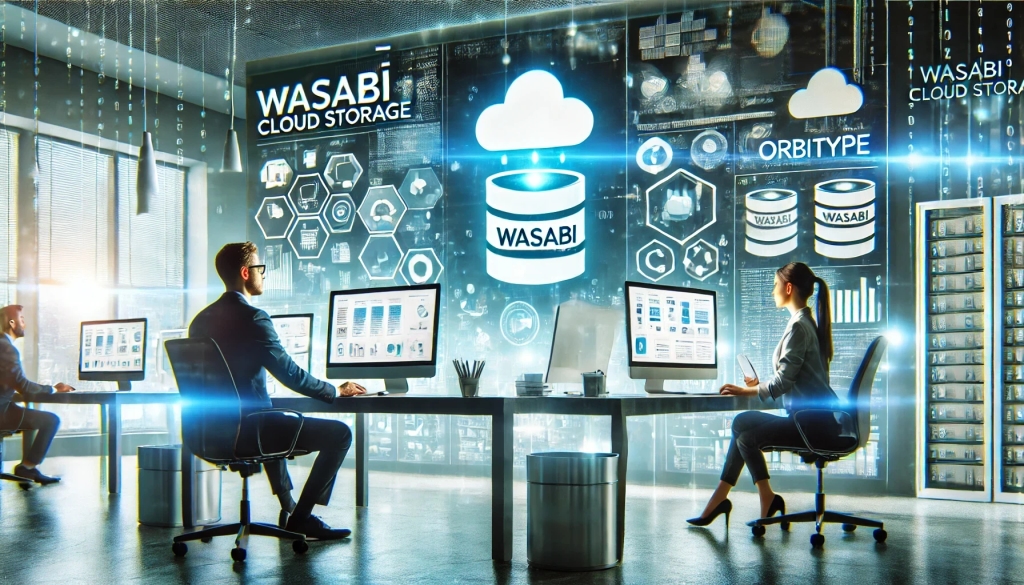
Seamless Data Management: Integrating Wasabi Cloud Storage with Orbitype
Boost your CMS performance with Wasabi Cloud Storage and Orbitype integration. Learn how this cost-effective, scalable solution enhances data management and delivers exceptional results.
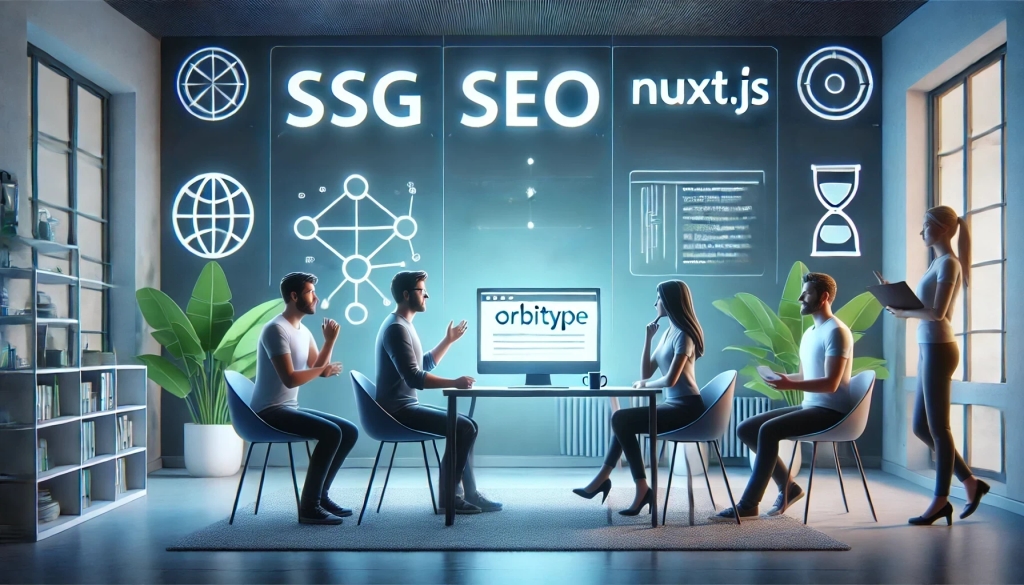
Integrating Orbitype with Nuxt.js for Optimal Performance and SEO
Leveraging Orbitype, a robust headless CMS, with Nuxt.js, a Vue.js framework, provides developers a powerful solution for building fast, SEO-optimized websites. This blog post explores how the integration of Orbitype and Nuxt.js harnesses the benefits of static site generation (SSG) and server-side rendering (SSR), thanks to Orbitype's API-driven content management system.

TypeScript vs. JavaScript
Discover the synergy between TypeScript and JavaScript for web development. Learn how Orbitype supports Nuxt CMS, headless CMS for Nuxt, and future-ready digital trends.
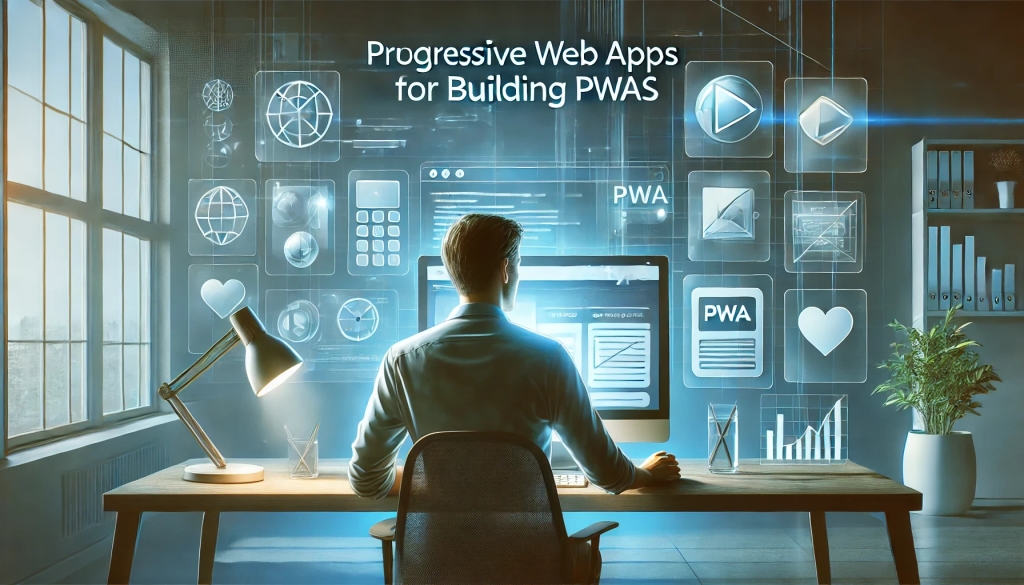
Building Progressive Web Apps (PWAs) with Orbitype
Explore how Orbitype enhances Progressive Web Apps (PWAs) with optimized performance, offline capabilities, and seamless content management for superior user experiences.
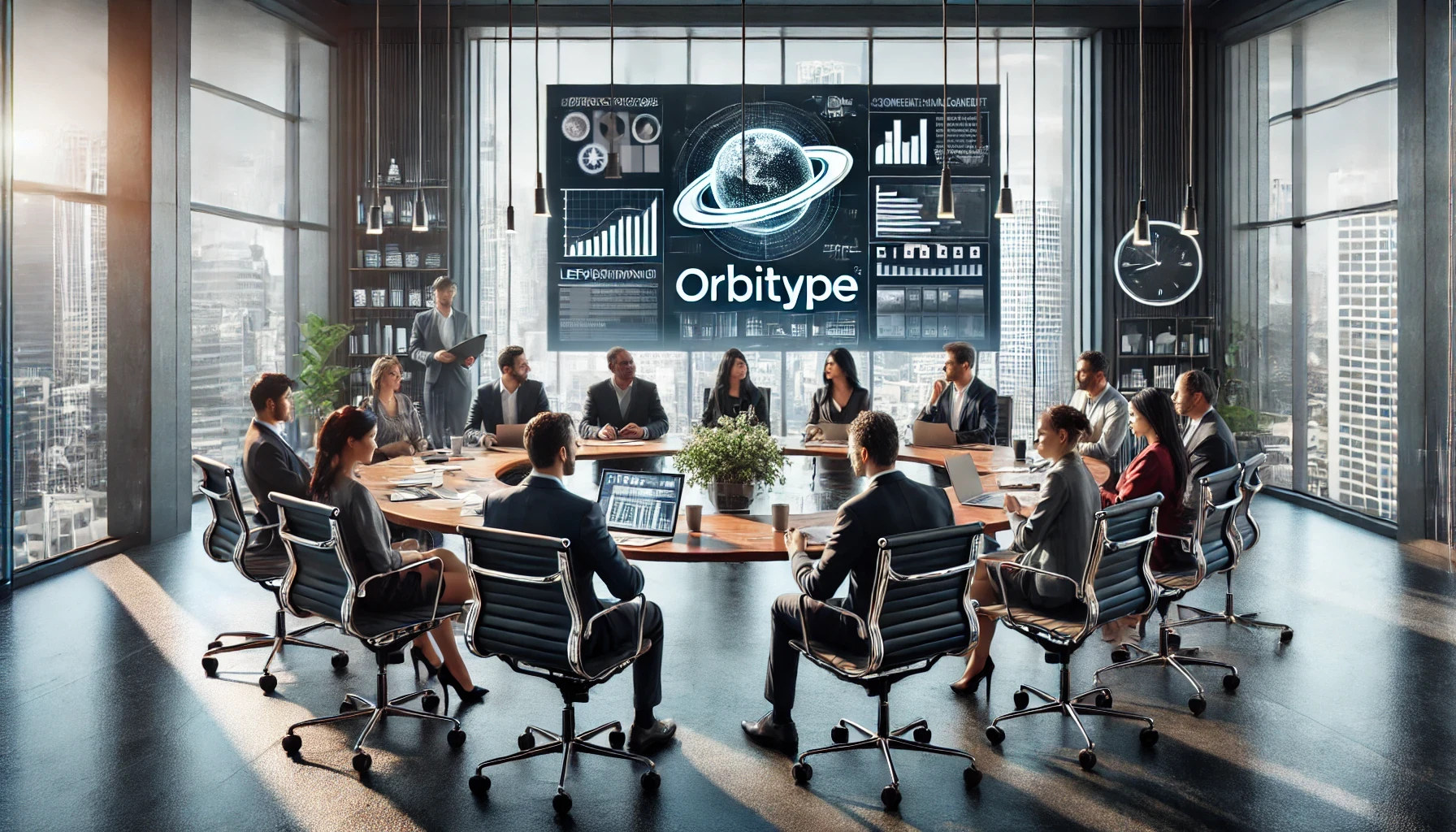
Leveraging Orbitype for Efficient Content Management in E-Commerce
nhance your e-commerce performance with Orbitype CMS. This scalable headless CMS simplifies content management, boosts SEO, and seamlessly integrates with Shopify, WooCommerce, and Magento for dynamic, flexible solutions.

Mastering Third-Party Integrations with a Headless CMS for Efficient Workflows
Streamline workflows and scale your business with seamless third-party integrations using Orbitype's flexible headless CMS—designed for efficiency, automation, and growth.
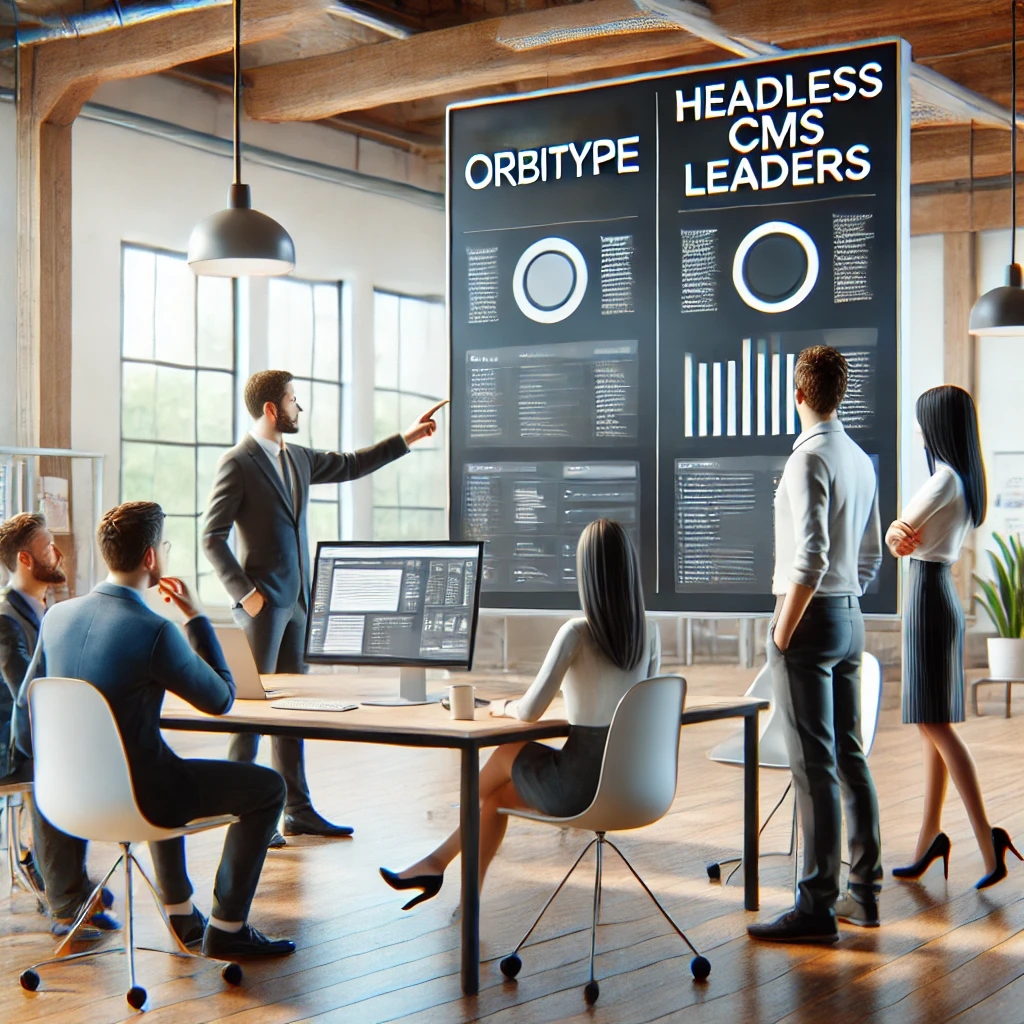
How Orbitype Compares to Headless CMS Leaders in 2025
Struggling to choose the best CMS? Discover how Orbitype compares to headless CMS leaders in 2025, solving complexity and scalability challenges with ease. Try Orbitype!
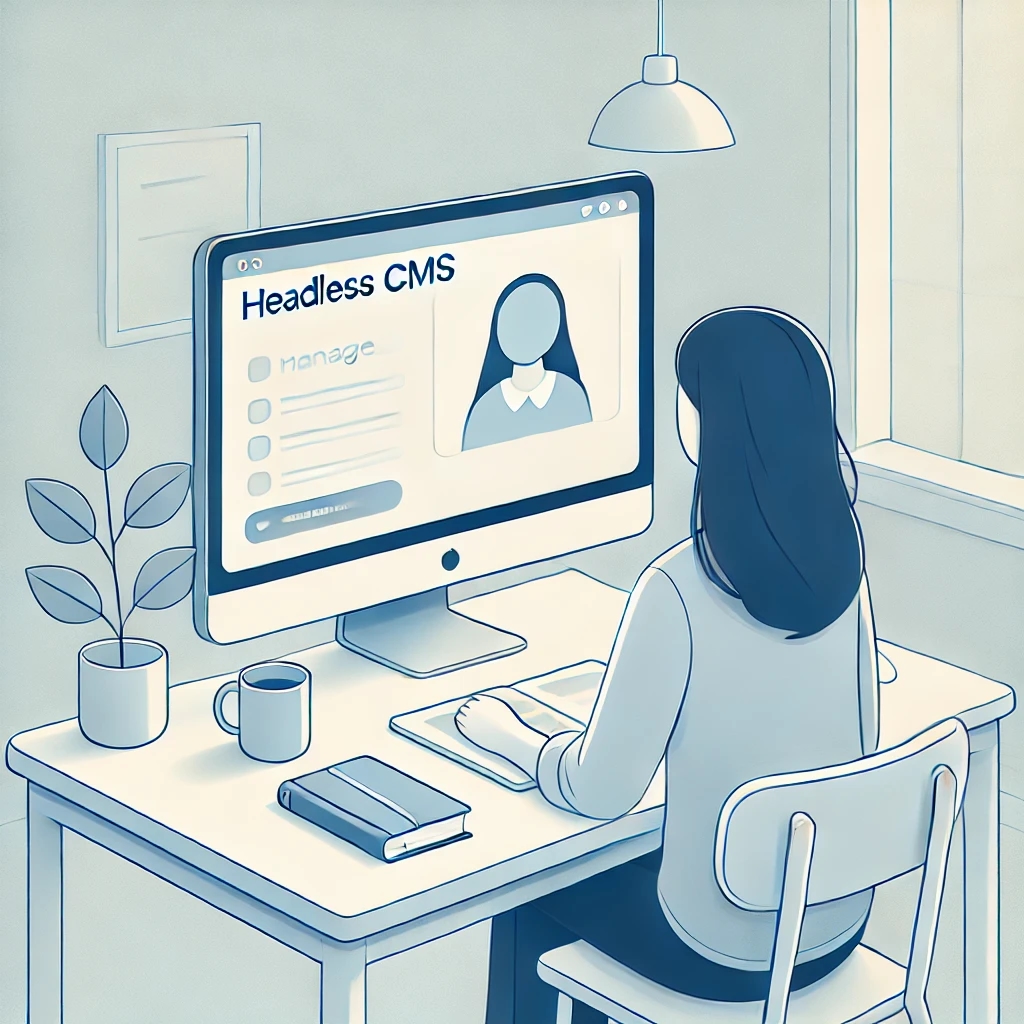
How Educational Institutions Benefit from Headless CMS for Online Learning
Enhance online learning with a Headless CMS. Discover how centralized content management, scalability, and seamless multi-channel access can transform educational platforms.
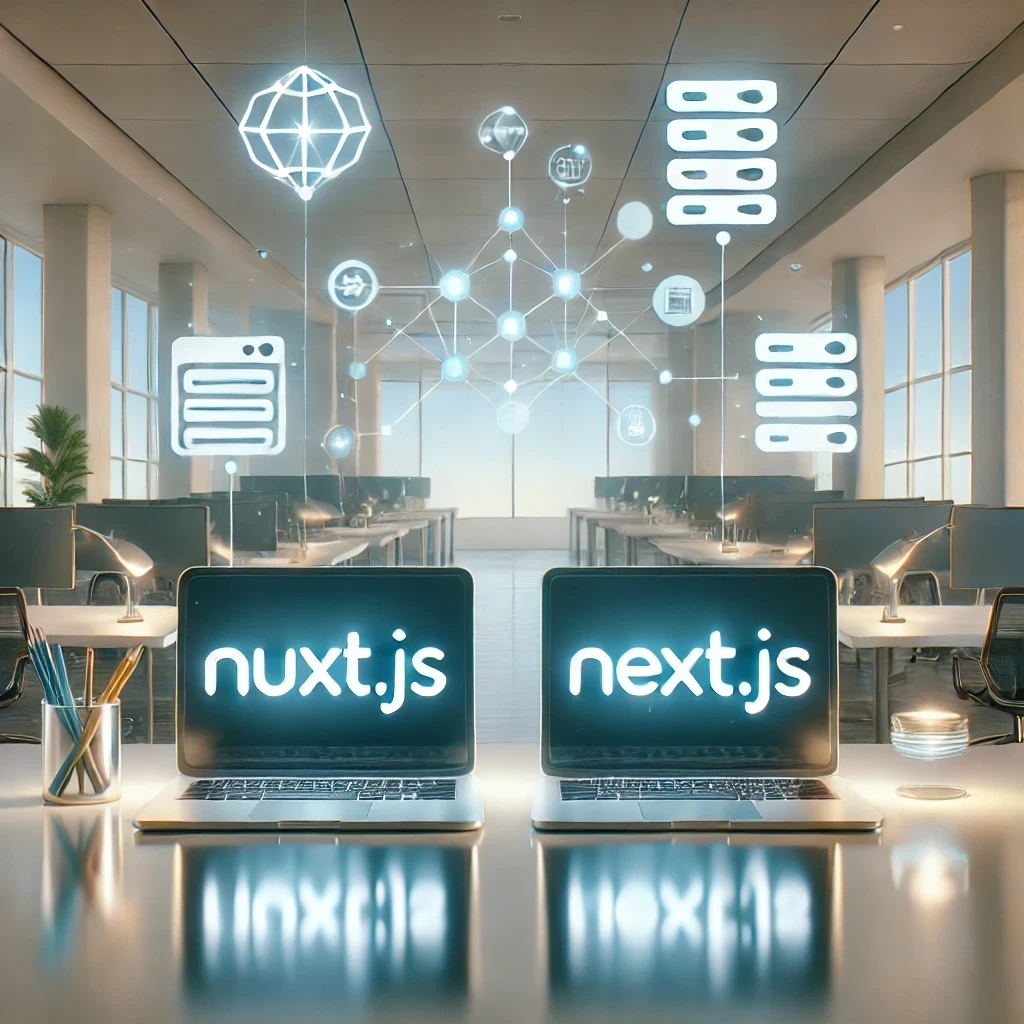
Nuxt vs Next: Which Framework Works Best with Headless CMS?
Compare Nuxt.js and Next.js to find the best frontend framework for your Headless CMS. Discover which offers better performance, scalability, and flexibility for dynamic web projects.
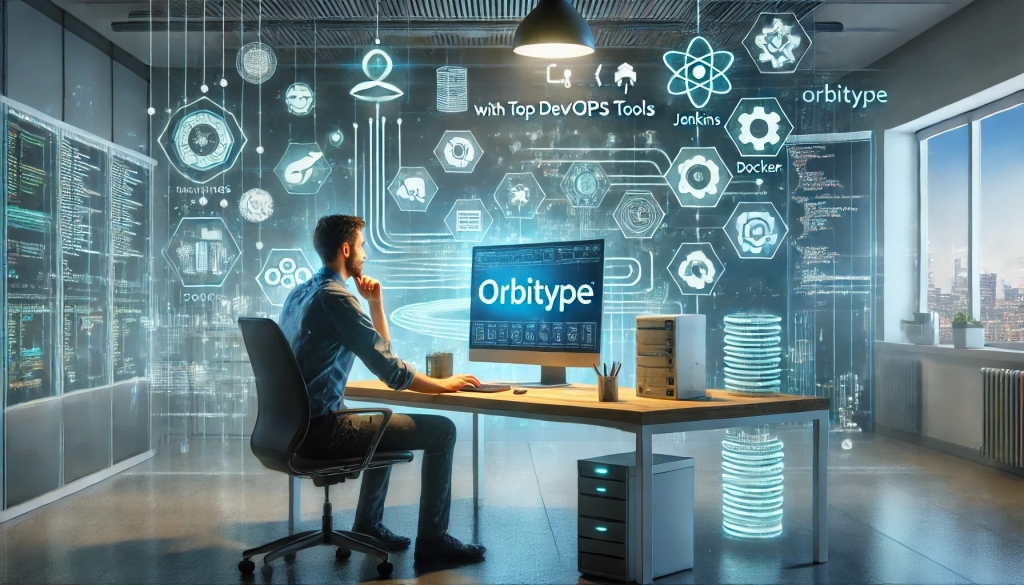
Streamlining Development: Integrating Orbitype with Top DevOps Tools
Discover how to integrate Orbitype with leading DevOps tools like Jenkins, Docker, and Kubernetes. Learn best practices for automating deployments, containerizing Orbitype, and scaling efficiently while streamlining workflows for continuous integration and delivery.

Building High-Performance Vue Apps with a Headless CMS
Discover how to optimize Vue.js apps with a Headless CMS for high performance, scalability, and SEO. Learn best practices and tools for creating dynamic web apps.

SQL or NoSQL: What's Best for Mobile Applications Using Orbitype?
Explore Orbitype, the ultimate headless CMS for React developers, offering seamless content management, enhanced performance, and flexibility to create dynamic web applications with ease. Learn how Orbitype simplifies workflows and boosts productivity.
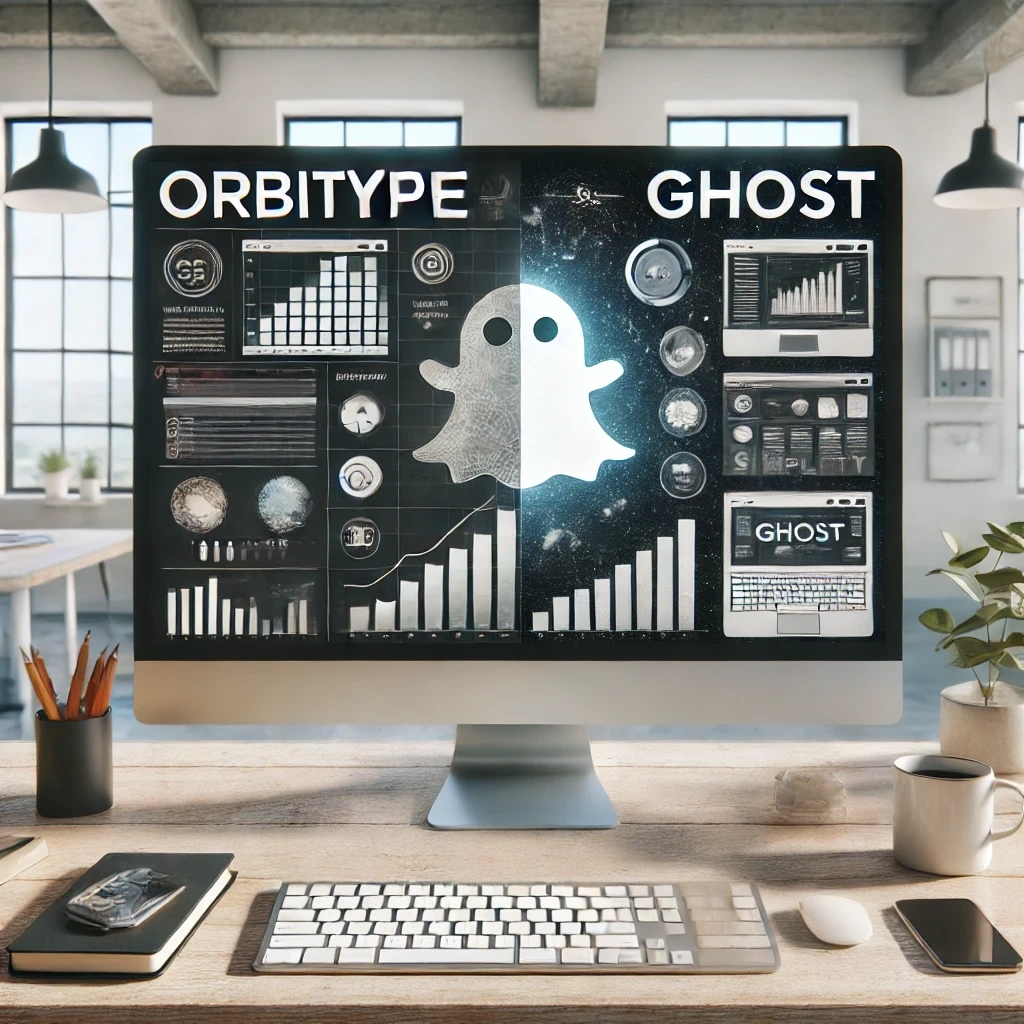
Comparing Orbitype and Ghost: Best CMS for Blogging in 2025
Compare Orbitype and Ghost to find the best CMS for blogging in 2025. Discover which platform suits your goals, from scalability to simplicity and dynamic content
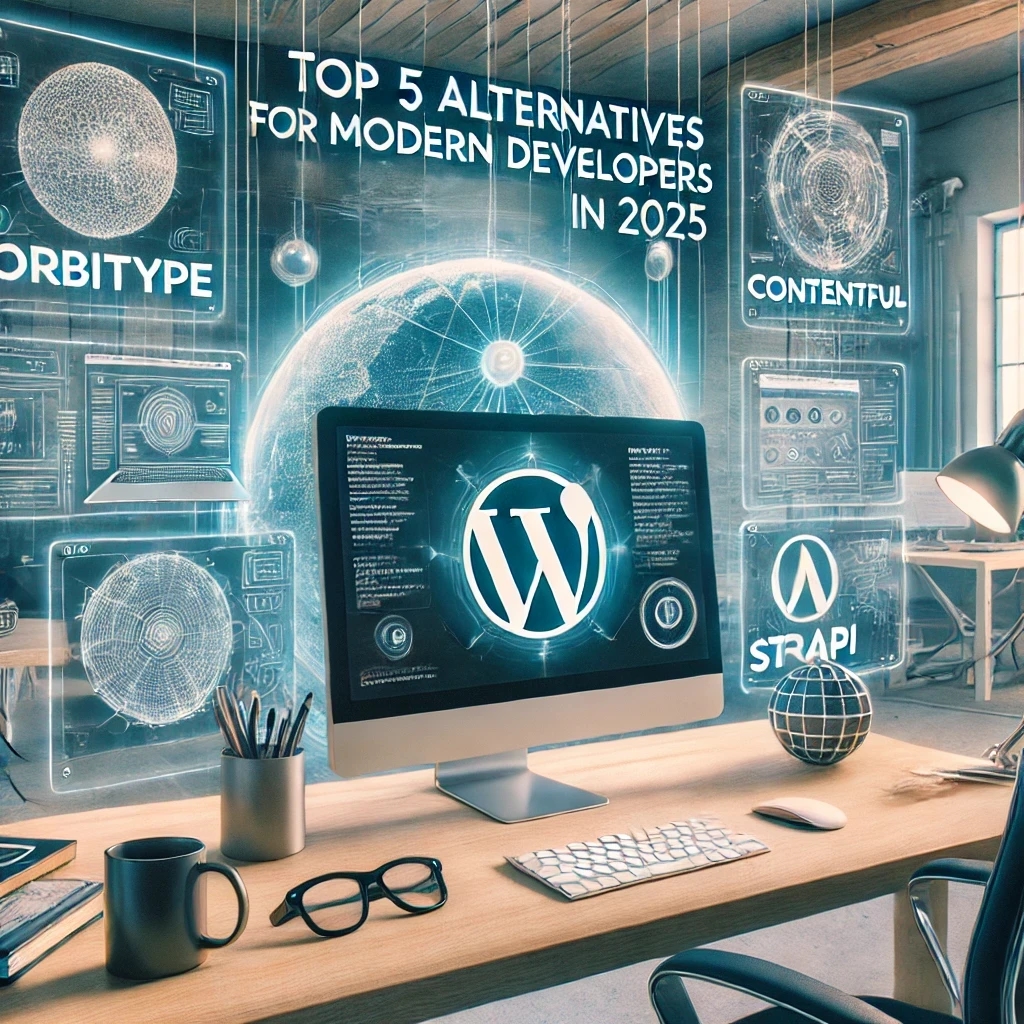
Top 5 Alternatives to WordPress for Modern Developers in 2025
Discover the top WordPress alternatives for 2025, including Orbitype, Contentful, and Strapi. Explore modern CMS platforms offering scalability, flexibility, and cutting-edge tools for developers.

Security and Compliance in Headless CMS: Focus on Orbitype
Explore headless CMS security with Orbitype: advanced authentication, data encryption, and compliance with GDPR & CCPA. Learn best practices for secure CMS operations.

10 Tips for Optimizing Core Web Vitals in Headless CMS Websites
Discover 10 actionable tips to optimize Core Web Vitals for Headless CMS websites. Improve performance, SEO, and user experience with these essential strategies.
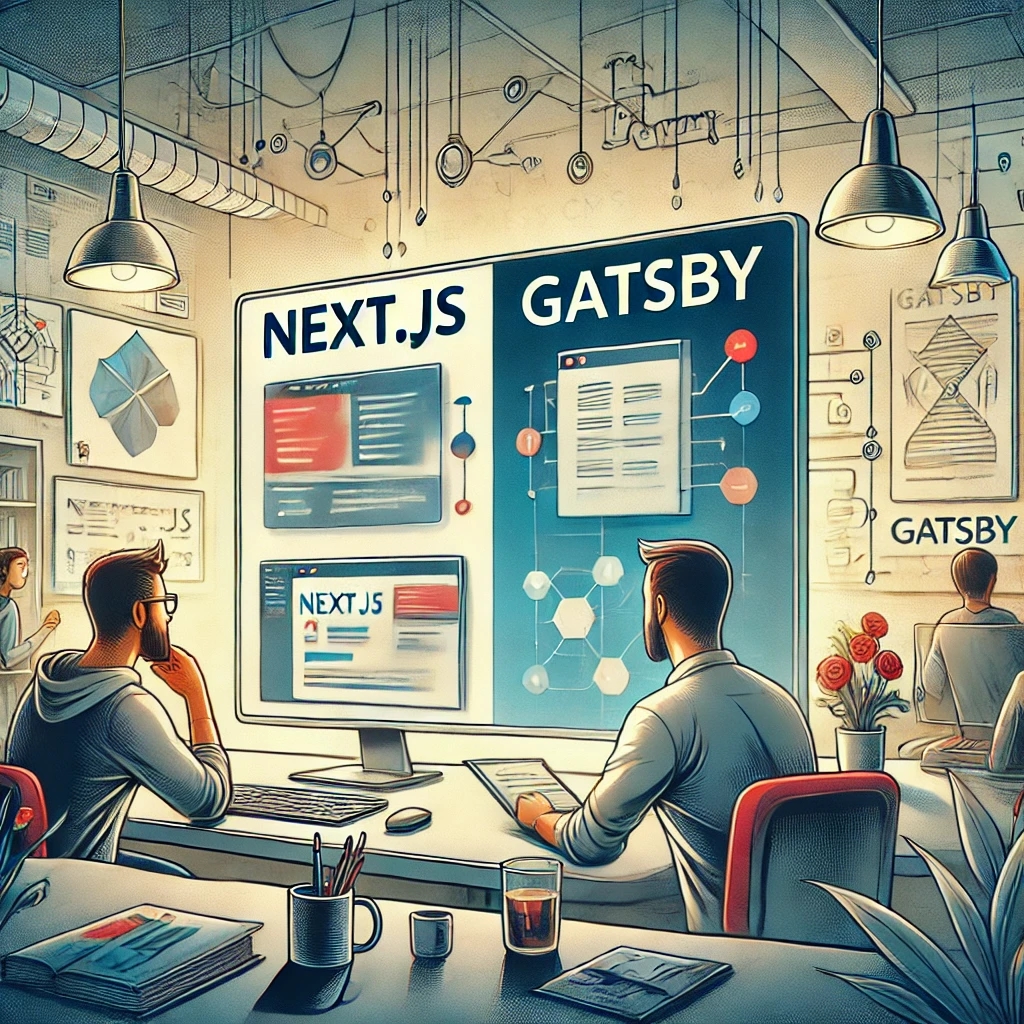
Next.js vs Gatsby: Which Works Best With a Headless CMS?
Choosing between Next.js and Gatsby can be challenging when working with a Headless CMS. This guide breaks down their strengths and helps you decide which framework works best for your dynamic or static content needs.

CMS for Vue.Js - Orbitype Headless CMS
Explore Orbitype, the best Headless CMS for Vue.js, offering seamless API integration, dynamic content management, and unmatched performance for interactive front-end development.

CMS for Nuxt - Orbitype Headless CMS
Optimize your Nuxt.js projects with Orbitype, the API-first Headless CMS offering scalable content management, multimedia repositories, and enhanced SEO for modern web applications.

Best Headless CMS Solutions for Portfolio and Personal Websites
Showcase your work with ease using Orbitype—the ultimate Headless CMS for portfolio and personal websites. Enjoy seamless integration, powerful customization, and SEO-friendly features designed for creators and developers.
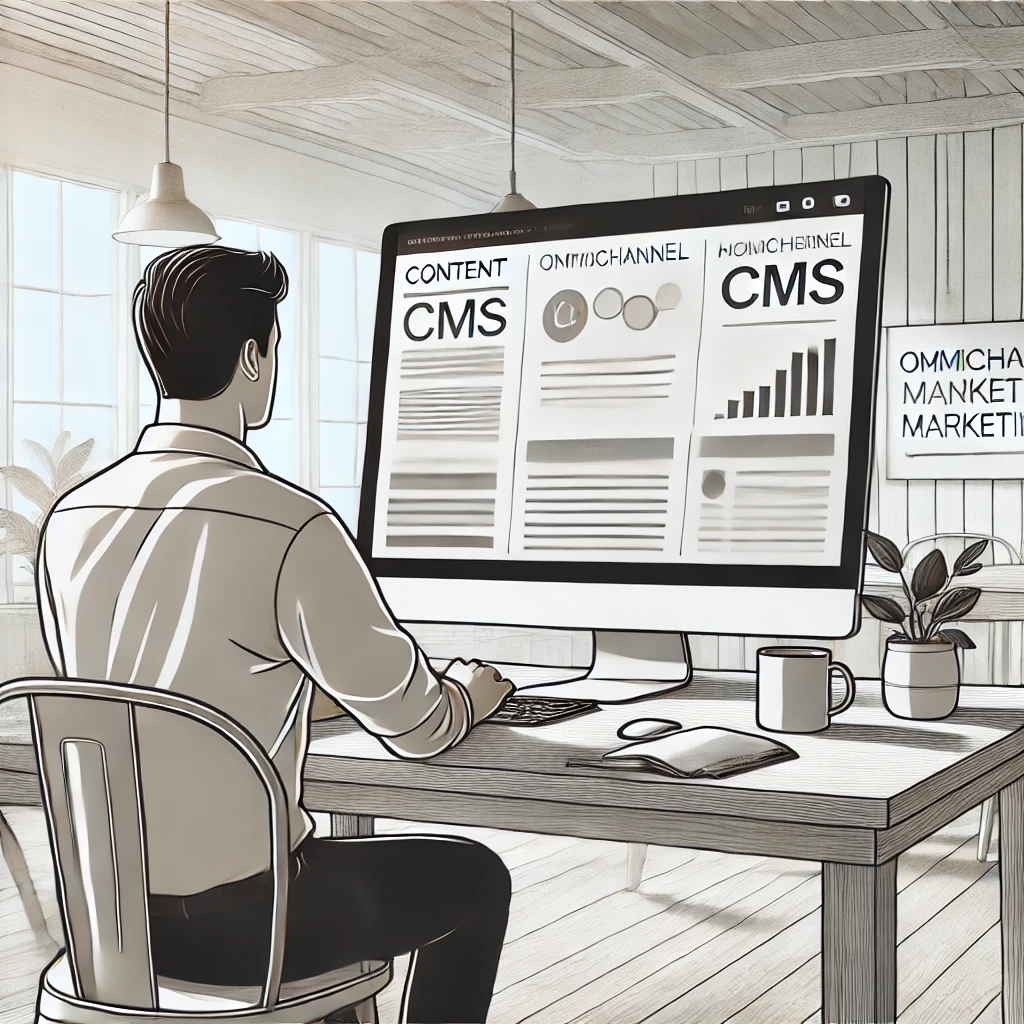
How Headless CMS Empowers Omnichannel Marketing Strategies
Boost your omnichannel marketing strategy with a Headless CMS. Centralize content management, deliver personalized customer experiences, and ensure consistency across platforms.
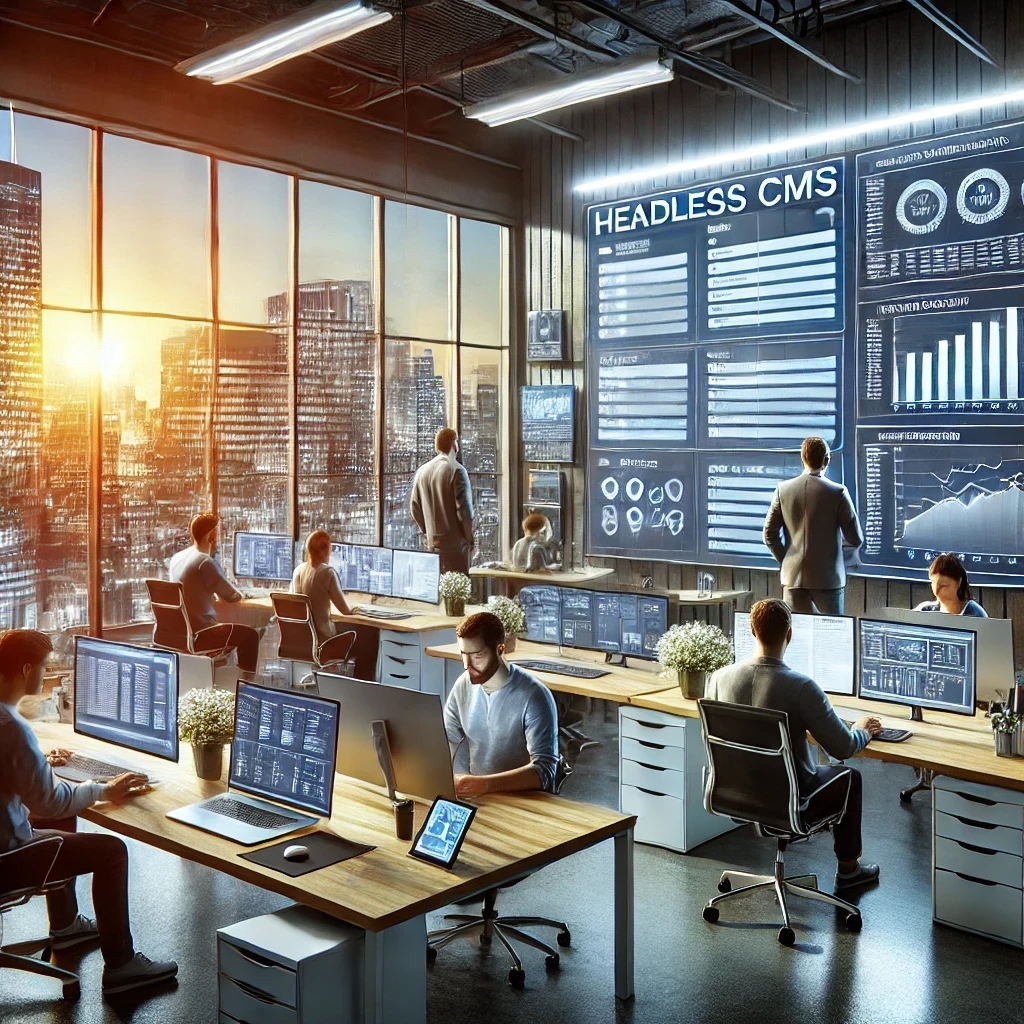
How to Scale Your Website with a Headless CMS for High Traffic
Scale your website effortlessly with a headless CMS like Orbitype—achieve faster load times, seamless scalability, and reliable performance during high-traffic surges

CMS for React - Orbitype Headless CMS
Orbitype is the ideal CMS for React developers, combining seamless API integration, flexible content management, and scalability to create fast, dynamic, and customizable web applications effortlessly.
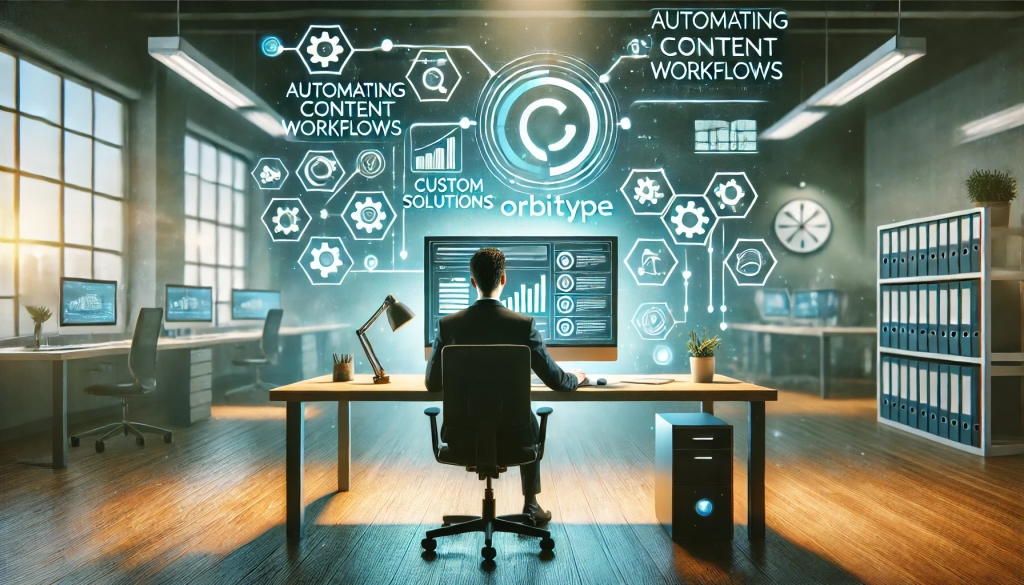
Automating Content Workflows with Orbitype’s Custom Solutions
Discover how Orbitype's custom CRM and ERP solutions revolutionize content workflows. Automate processes, reduce manual tasks, and improve productivity for software development agencies with tailored tools for seamless collaboration and efficiency.